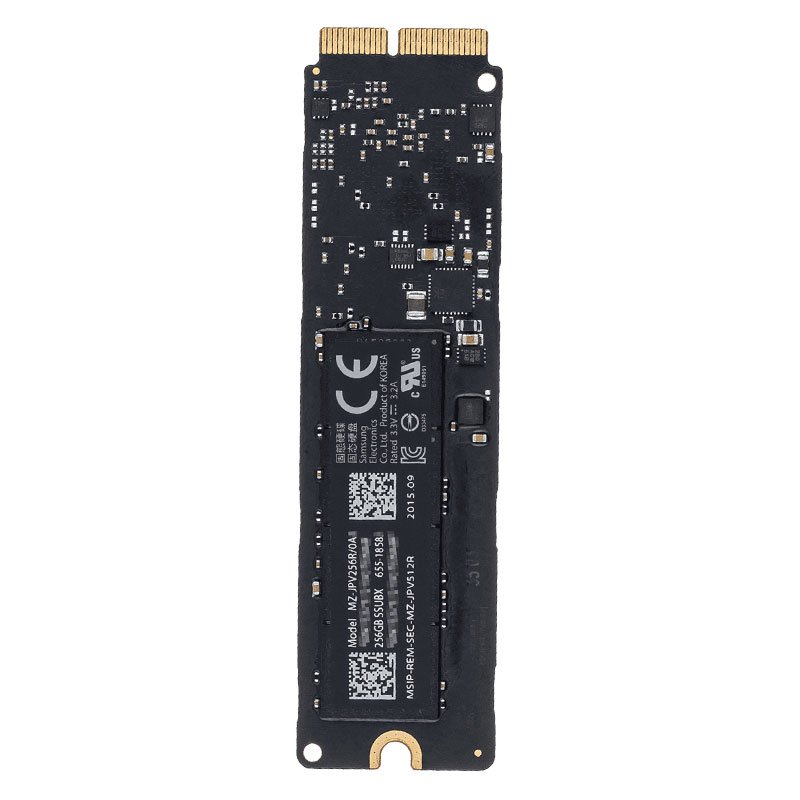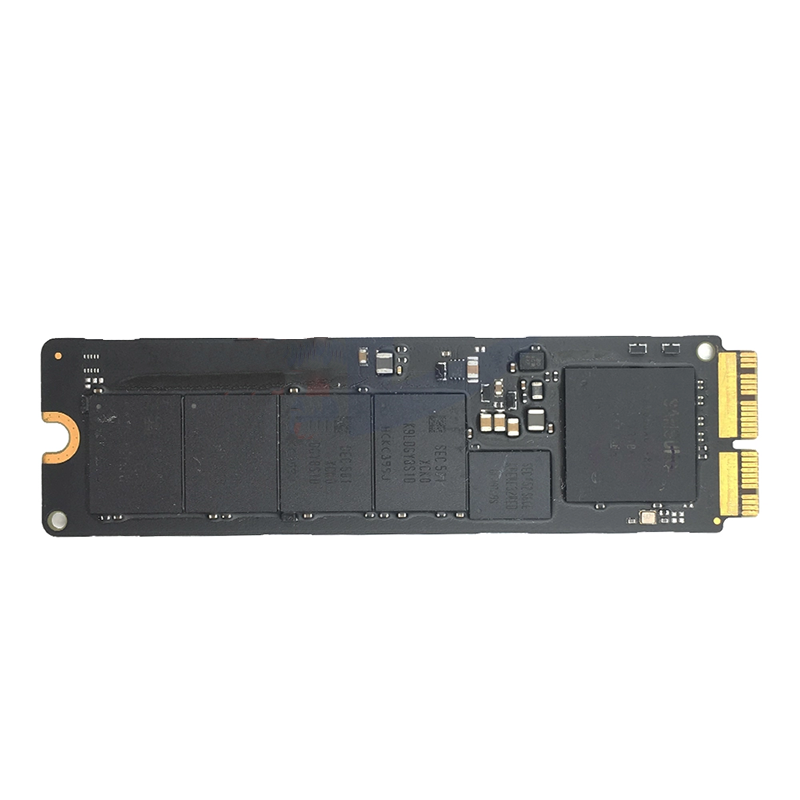

- #SSD DISK MACBOOK PRO MID 2010 MAC OS X#
- #SSD DISK MACBOOK PRO MID 2010 MAC OS#
- #SSD DISK MACBOOK PRO MID 2010 SOFTWARE#
- #SSD DISK MACBOOK PRO MID 2010 DOWNLOAD#
All for much less than the price of a new Mac. Replacing a Mac’s 500GB or 1TB hard drive with a same-sized SSD required at least $250 back then, but the benefits were tremendous: even an aging machine became markedly (5x) faster, silent, and - unexpectedly - more fun to use.
#SSD DISK MACBOOK PRO MID 2010 MAC OS#
Original Mechanical HD: Windows 7 Partition / Mac OS Extended (Journaled) Windows Boot Disk: Original Mechanical HD I went through a lot of the same questions you were asking and had to search high and low to find my answers.When I first wrote about using solid state drives (SSDs) to radically improve the performance of older Macs, high-capacity SSDs were just beginning to become affordable. Ok, so here is the reasons for the described setup. I, like you, put the SSD in the Optibay because of the motion sensor issue. The Optibay doesn't have a motion sensor and the Original Mechanical HD isn't motion sensor equipped. So I put the SSD in the Optibay and boot into OS X. The next issue I faced was the fact that Mac's can freeze when trying to do hibernate with an SSD in the Optibay. This had a few nice perks, such as faster sleep and resume and the gaining back of 8 GB of SSD space that was wasted by the Hibernate RAM Image that Hibernate will make before your machine runs out of battery. Now obviously, this means that if I was working on something important and my battery dies, then I will have lost it forever. So this is a risk you will have to be willing to take but it is up to you. Personally I only do really important work while the charger is plugged in because of the fact that I am doing that work for 8 hours straight. Now some searching on the issue recently showed me that as of 10.8.1, this issue of freezing when waking from sleep had been fixed. I have not tested this personally on my machine because of the fact that I am used to having hibernation disabled. I don't like or need hibernation personally and I like the extra space I get from disabling it. Now the article says that it has been fixed but it does not state anything about Optibays, it only states its fixed for the SSDs in the Original HD Bay.

I would recommend testing it out though, leaving Hibernation turned on, sleeping your machine while NOT doing any important work, and seeing if it wakes, doing it multiple times, just to be sure. You can disable Hibernation with the following command: # Check Current Hibernation Status If it does freeze or cause issues, then I would recommend disabling Hibernation. # 3 is the default mode, we want to change this to 0 to disable disk writes. Now as for Windows, since I had Windows Installed on a 50 GB partition of the Original Mechanical HD, I just left it there. Installing Windows is a pain the butt and I didn't want to do it again.

Also, I am rarely ever on Windows, I only use it to play some games and to do some Windows Development on every once in a while. Also, by keeping it there, you keep windows from having any possible issues with booting from the Optibay (though when I had the Original Mechanical HD in the Optibay as a test, it booted just fine).
#SSD DISK MACBOOK PRO MID 2010 MAC OS X#
Since I use the SSD for pure Apple Stuff, I took the original Mac OS X partition that was on my Original Mechanical HD and just reformatted it to extra space for my Mac.

#SSD DISK MACBOOK PRO MID 2010 DOWNLOAD#
I download and store all my heavy giant waste of space extra files on that partition so I don't take up space on my precious and fast SSD in the Optibay. You could also partition it in a format that both Mac OS X and Windows 7 can access, such as ExFAT, so that they both play nice with the space and you have extra storage that both can share. Now after you get all your pieces in place, be sure to go to System Preferences > Start Up Disk and set your SSD as the startup disk. If you don't, it might delay your boot time because it thinks it has to look for the disk in the Original HD Bay.Īnother tip that you will see all over the place is to enabling TRIM on your SSD. You only need to do that though if your SSD DOES NOT already do it for you. My SSD did not require me to enable TRIM, so I didn't. Enabling it when you don't have to can sometimes slow down performance slightly but it will not hurt anything.
#SSD DISK MACBOOK PRO MID 2010 SOFTWARE#
Just check your manufacturers website or do a google search on your drive to see if its necessary.Īnother thing you see all over the place is people recommending software for doing a copy over to your new SSD.


 0 kommentar(er)
0 kommentar(er)
